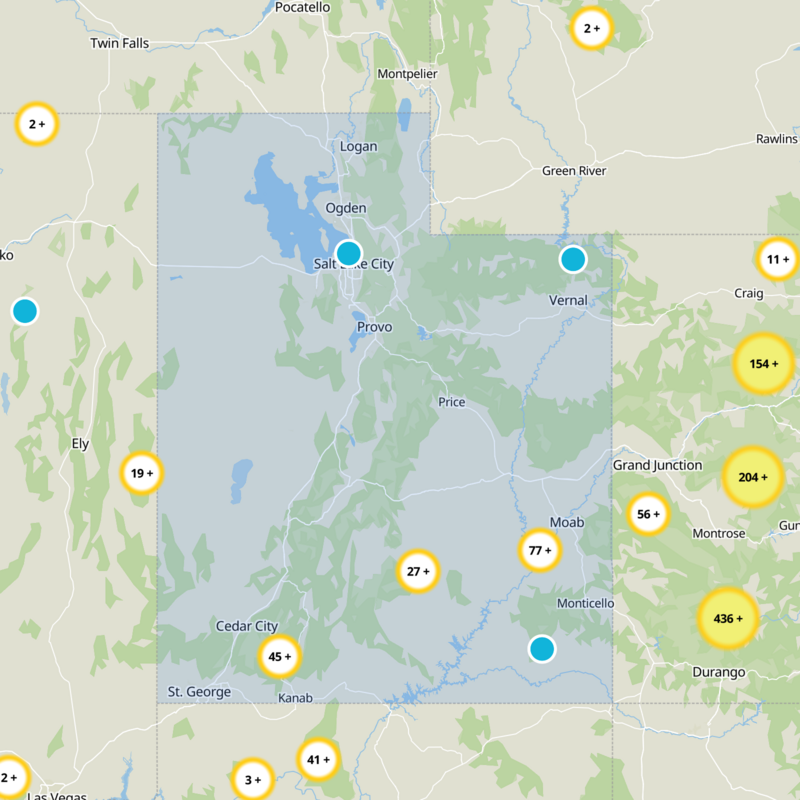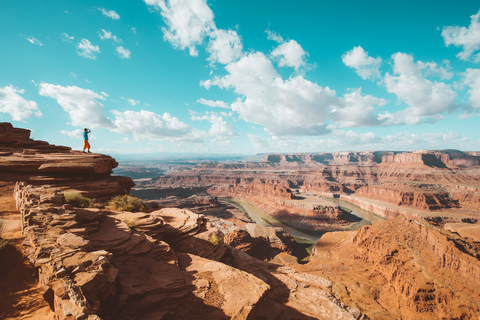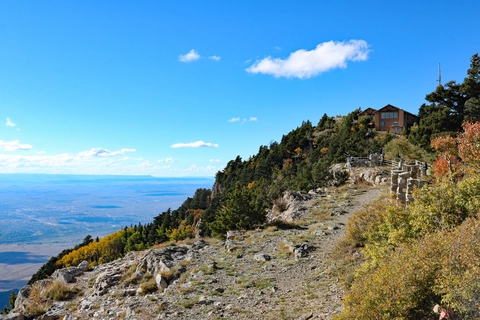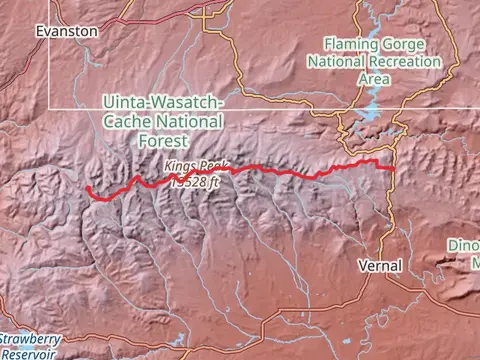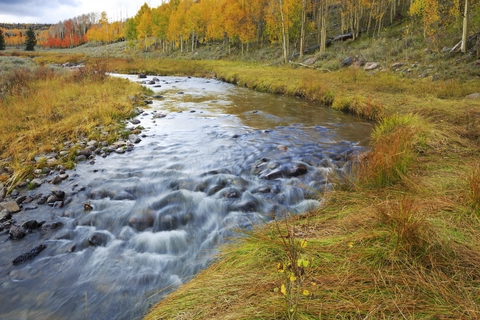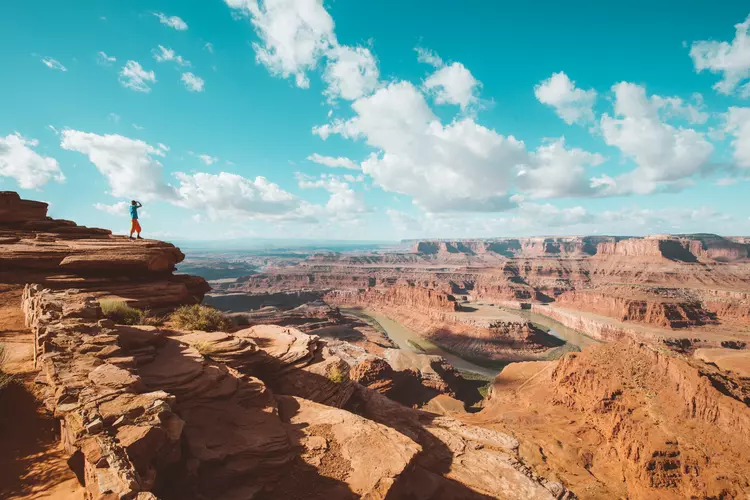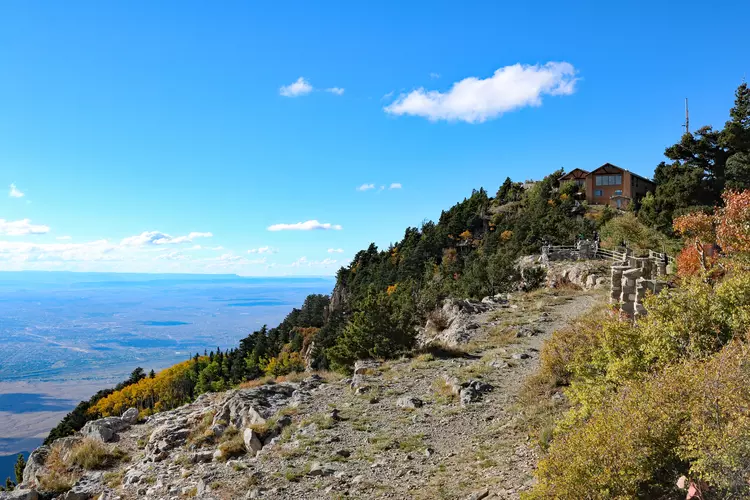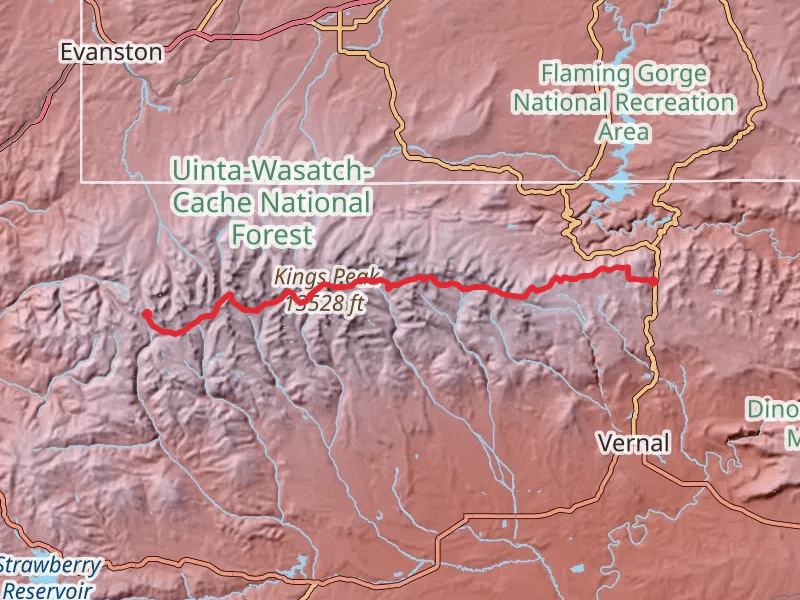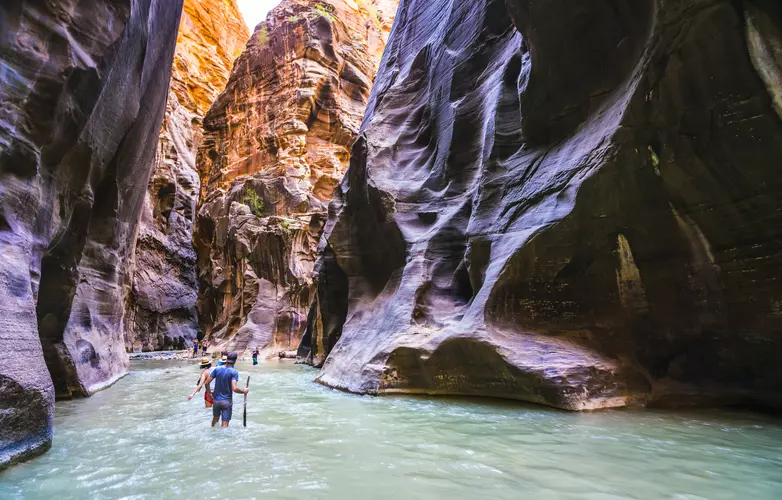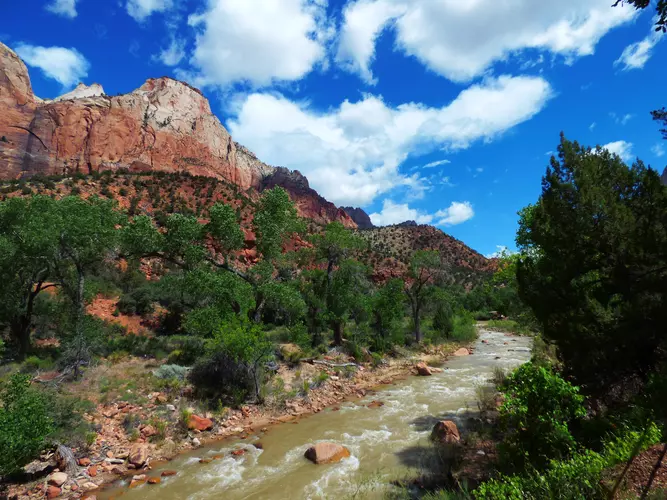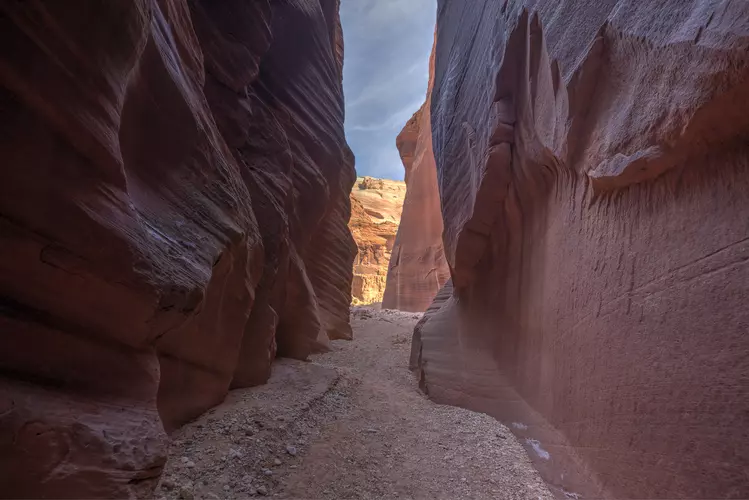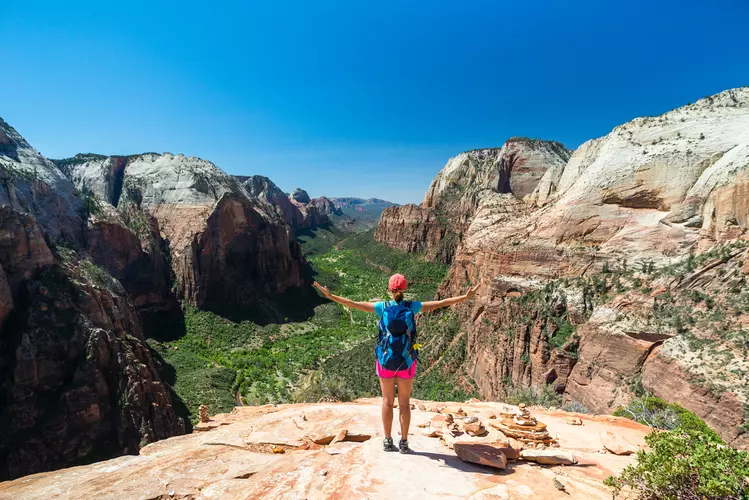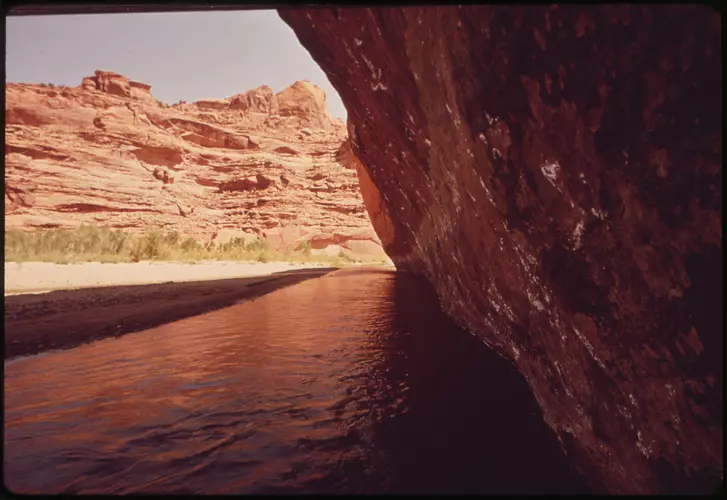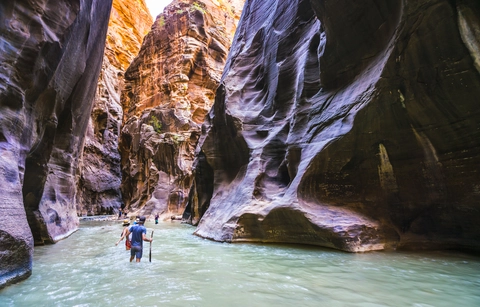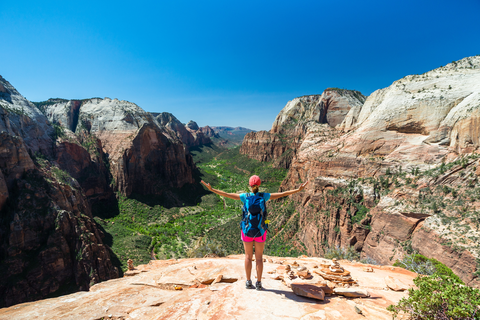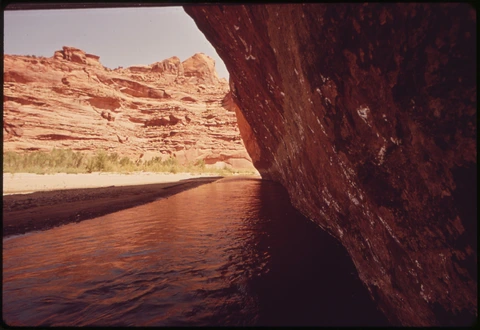"Utah's diverse landscapes offer breathtaking adventures and endless beauty for every hiker's journey."
Utah's breathtaking landscapes offer a hiker's paradise, where every trail unveils a new wonder. From the iconic red rock formations of Arches National Park to the serene alpine lakes of the Uinta Mountains, Utah's diverse terrain promises adventure for all. Traverse the winding paths of Zion's Narrows, marvel at Bryce Canyon's hoodoos, or find solitude in the vast expanses of Canyonlands. Each step in Utah is a journey through nature's masterpiece, inviting you to explore its endless beauty.
Most popular hikes
FAQs about hiking in Utah






More hikes in Utah
by difficulty
by type
